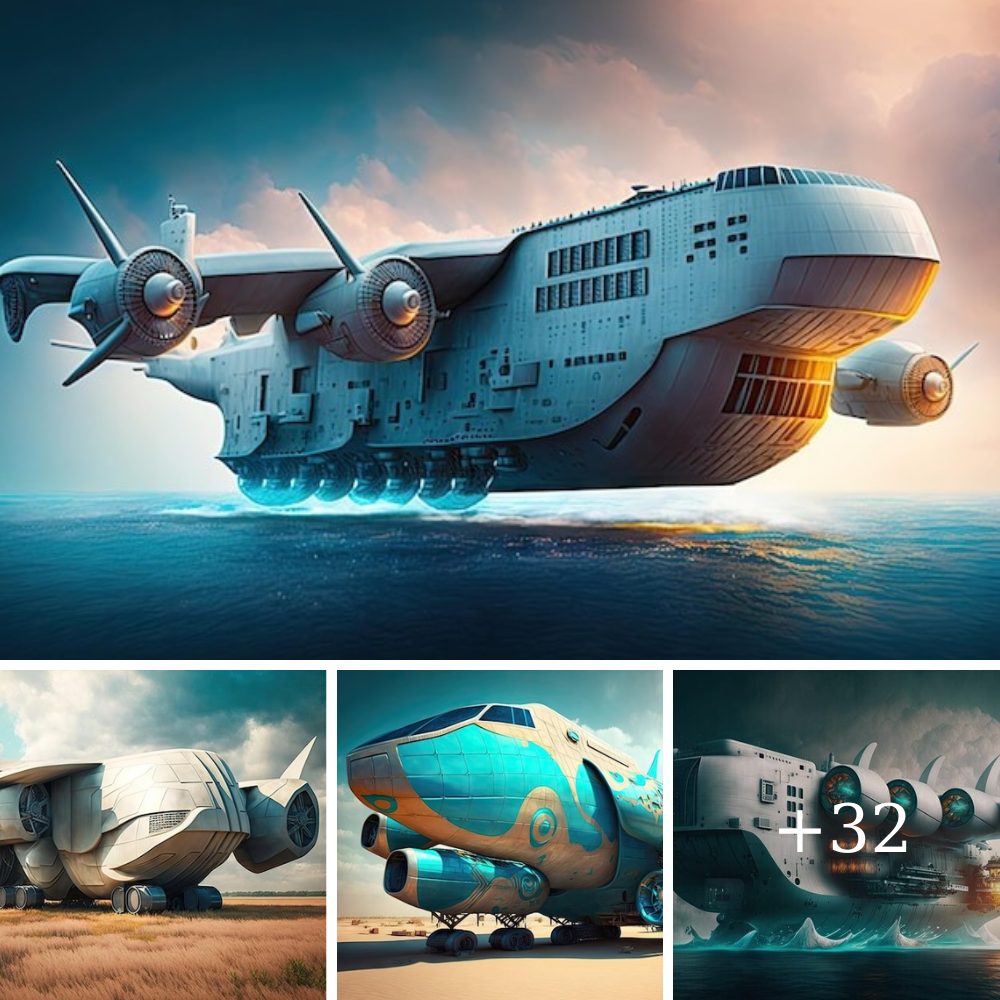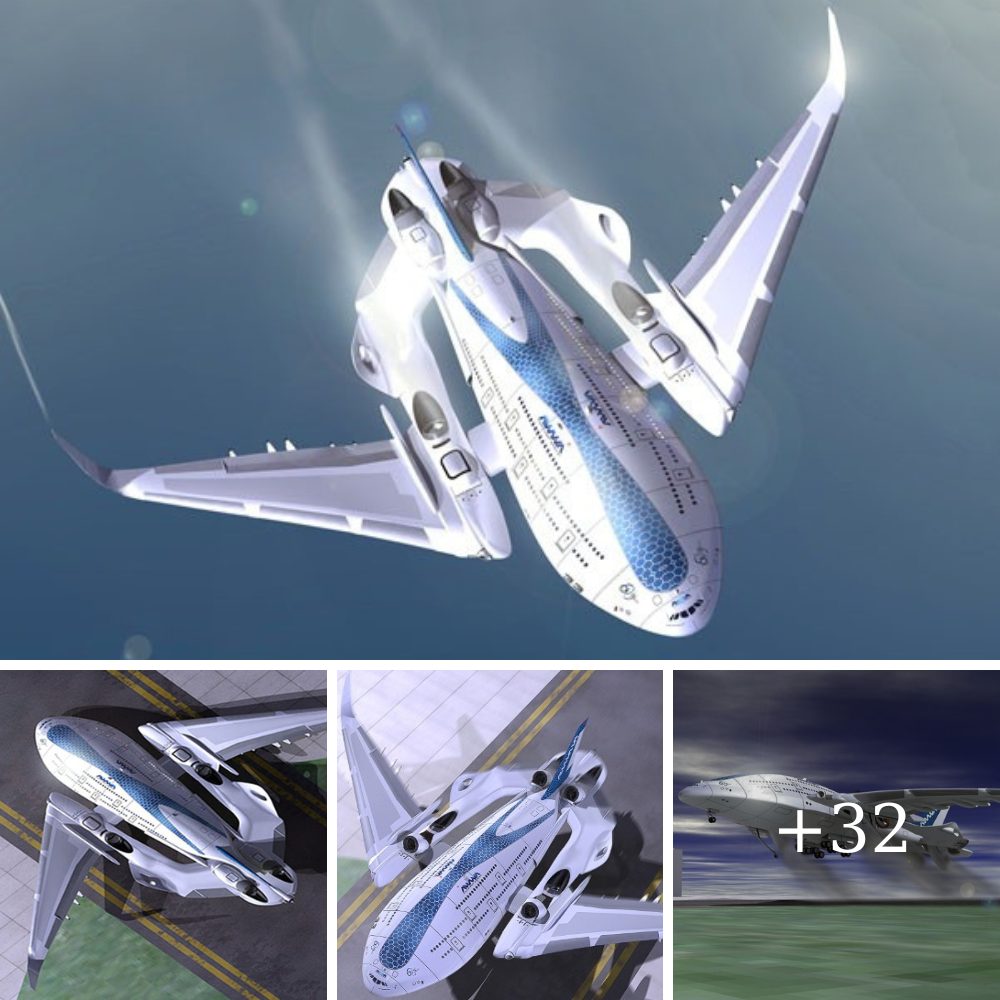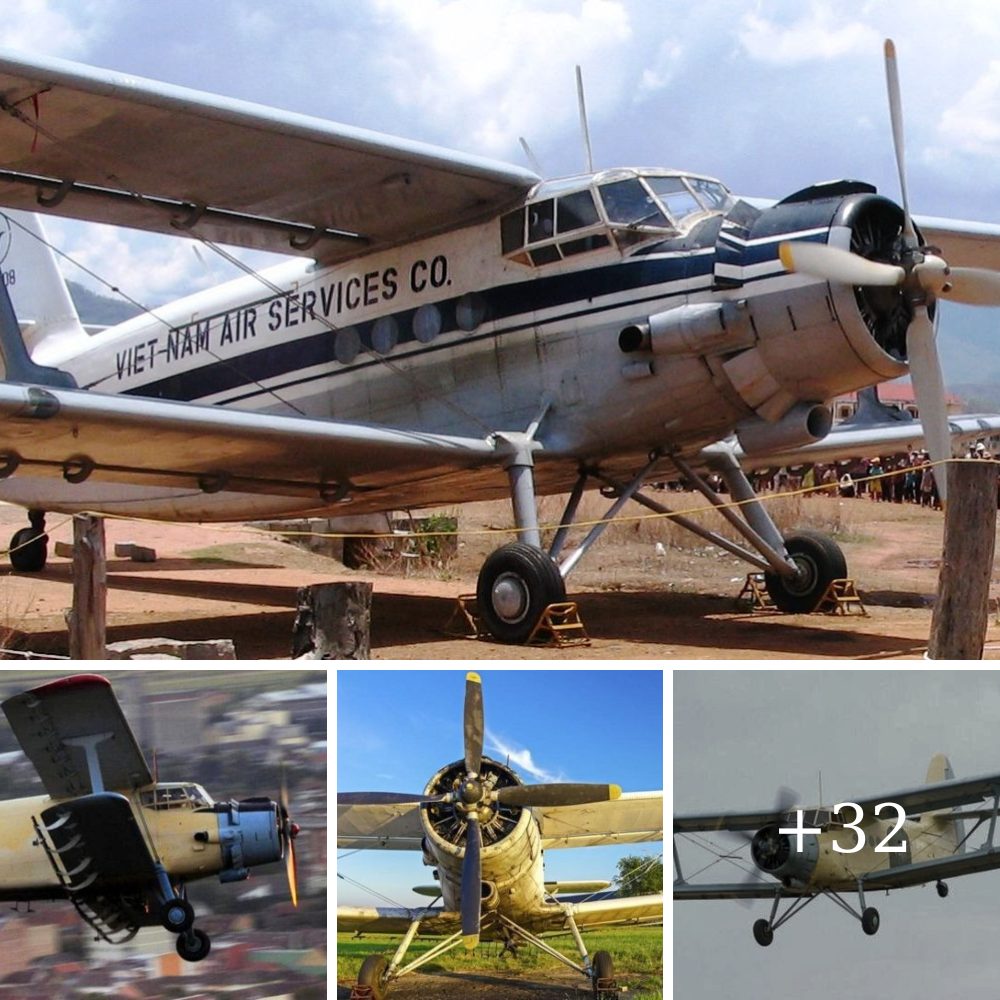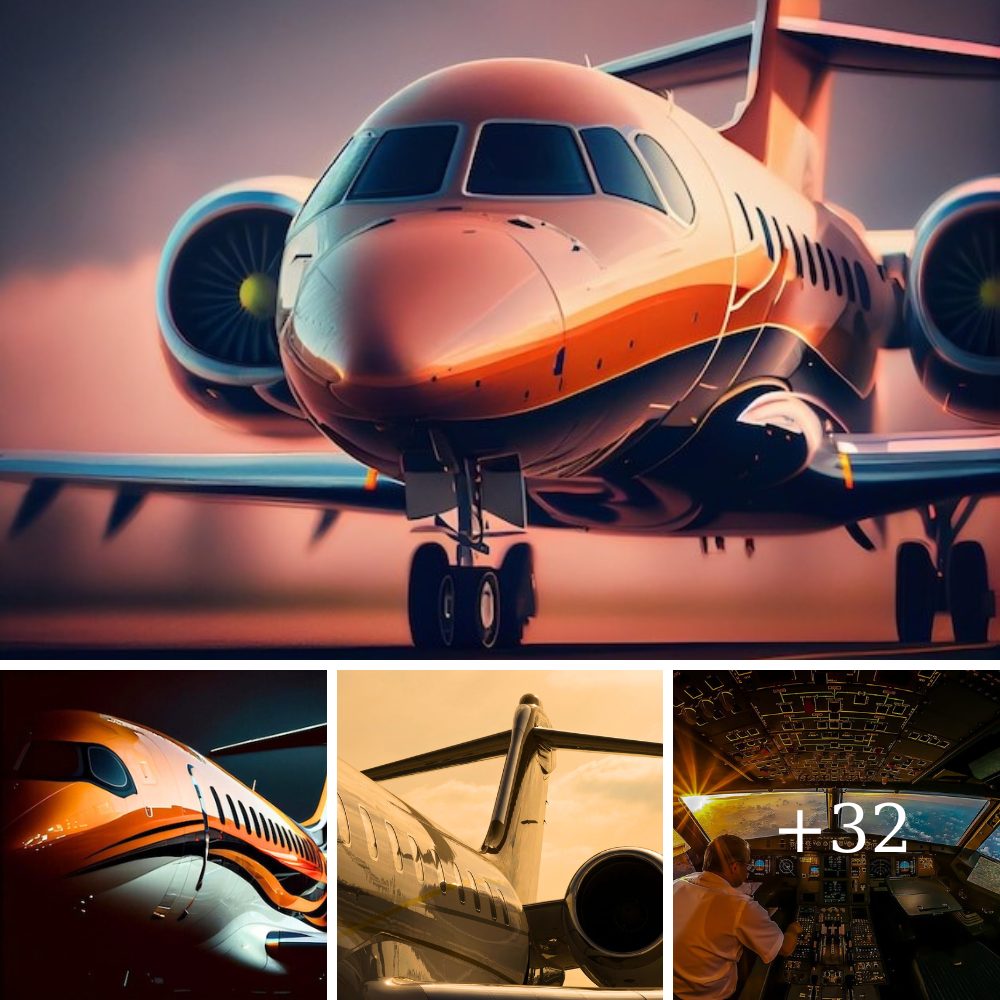Airbus innovation division UpNext is testing its next-gen autonomous systems for air-to-air in-flight refueling, which could be a revolutionary leap forward for a variety of military and civil aircraft, radically and safely extending range and endurance.

It’s an interesting project for many reasons – partially because it’s difficult and potentially dangerous to do, and partially because a safe, fully automatic refueling process could be a revolutionary step forward in many areas.
If you can easily top up a bird in flight, you can have surveillance or communications drones in the air, flying continuous patterns without interruption, like low-hanging geosynchronous satellites. You can have unmanned military air assets stationed more or less anywhere you can get fuel to them, giving you extreme decentralization and operational flexibility.

You can radically increase the effective range of “wingman” style UAVs, which turn single aircraft into co-ordinated swarms working together to achieve outcomes. You can conduct in-flight military aircraft top-ups in a range of different weather and visibility conditions that make it very unwise using today’s manual processes. And you can save time and resources, because you won’t need to train up the highly skilled operators that currently do the job – or even upskill the pilots on the receiving aircraft.
Heck, once it’s a solved problem, maybe it becomes a key step towards decarbonization of commercial air travel; hydrogen might not replace the range of a tank of jet fuel, but range needn’t remain a barrier if there are a few tankers circling around key transit corridors ready to fill tanks up en route.
So the UpNext team is working on a program it calls Auto’Mate, which it hopes will become a push-button solution for getting fluid from one aircraft into another in flight.

The basic concept is that the Auto’Mate system will take over control of the receiver aircraft from the tanker when it’s several miles away, and guide it into formation with the tanker plane using “AI-based relative navigation and co-operative control technologies.”
At this point, with the two aircraft flying in concert under a single system’s control, the refueling probe can be deployed and secured, the fuel can be transferred, and then the two aircraft can be safely separated before control is handed back over to the pilot or autonomous system running the receiver plane.

In the second flight test of the Auto’Mate system this month, Airbus made cautious progress toward the goal. An A310 MRTT tanker plane took control of three DT-25 drones in flight, and brought them into position, adding two more DT-25s to the exercise as “digital twins.”
From here, a simulation of the refueling operation was performed, presumably using the digital twins responding to real-time aerodynamic data from the real drones. The system uses different types of cameras, high-precision GPS and LiDAR, along with covert, secure multi-node communication channels and built-in collision avoidance gear.
There’s no word as yet on when we might see the system complete its first full test run with a physical receiver drone – or indeed, where and when the Auto’Mate system might enter service. But it’s a very cool project with some potentially huge ramifications, and we look forward to following its progress.
Source: Airbus UpNext





